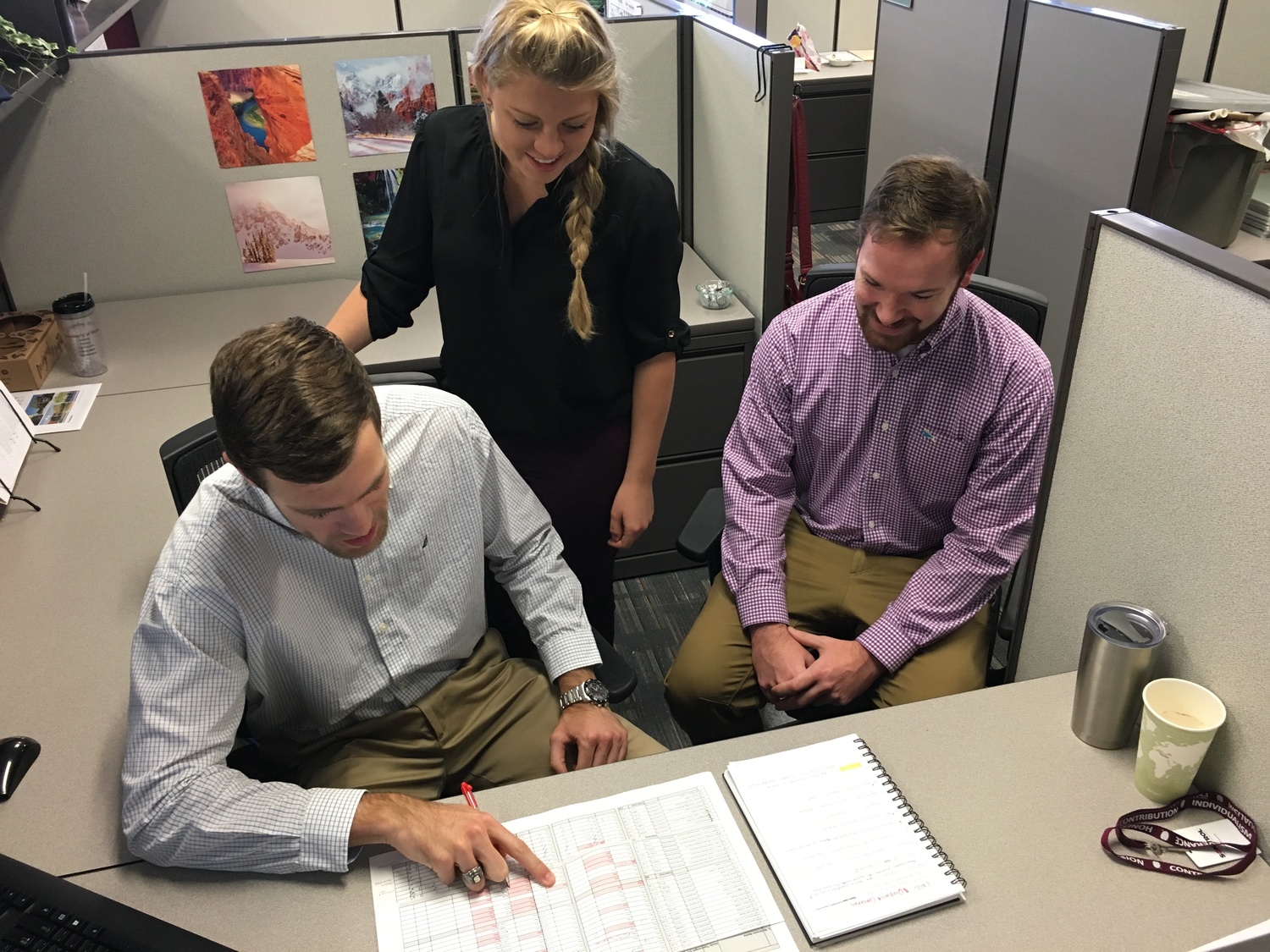Over my 26-year career in transportation consulting, the best engineers I have run across are those that have a fundamental knowledge of multiple disciplines. Don’t misunderstand. They aren’t generalists, but subject matter experts that have
taken the time to gain an understanding of the full field of play. They have the ability to comprehend the key elements of a good design, and most importantly, they can effectively communicate with the entire project team. Too many times, I’ve
seen an expert traffic operations engineer that doesn’t know the first thing about geometric design trying to work with an expert roadway engineer that has no understanding of traffic flow. It’s as though both are speaking a foreign language
to each other, which most often leads to project delays and team frustration.
How does this happen? When young men and women graduate, they have most often concentrated in a discipline, be it roadway design, traffic operations, structure design, or drainage. Then they join the consultancy workforce and continue the specialization
process. Before long, several years have gone by and they are now trapped in a specialized silo.
A Change in Times but Commitment is Still Key
My philosophy is that these new college graduates may not know what they want to do in the transportation field, even when they insist that they do. This is why I am a huge fan of rotational training
programs that provide a trainee exposure to multiple transportation engineering disciplines. Not to show my age, but in the “old days” the state departments of transportation (DOT) had strong training programs, particularly in Virginia
and North Carolina in the Southeast, in which candidates actually competed to get in. My experience in the consultant community has exposed me to varying levels of graduate training programs. Some were formal and memorialized in national publications,
requiring candidate applications, commitment for two or more years, online and classroom training with other trainees, and elaborate graduation ceremonies. Some were more informal, open to all that were interested, provided short duration rotations
(a week or two), limited to services within a single office, and a graduation ceremony may have been a beer at the local bar. At the end of the day, the success or failure of a graduate training program hinges entirely on the commitment of the employer
and the employee. Whether a program is highly elaborate or low key, without the commitment of both parties, the program fades away.

Graduate engineers Austin Beshears, Kate Corbett, and Thorne King are all involved in the training program.
Creating a Program That Works for Our Team
You bet when I joined Dewberry I was elated to have what I consider a full-service transportation group, along with the in-house support services of survey, subsurface utility engineering (SUE), site/civil,
utility design, GIS, and more. I was also pleased to see a corporate culture of hiring new grads and interns. Perfect for a training program! So, I started one within my team. While not elaborate or formalized, I want to give new graduates exposure
to all that Dewberry provides in transportation. Currently, I have three graduate engineers in the program, with a commitment to spend three months within each transportation service we offer (roadway, traffic, structures, drainage, and planning).
At the end, we will talk about what they like the most, and where they best fit. While three months is certainly not enough time become an expert at anything, it is enough time to get exposed to common nomenclature, see design in action and become
familiar with core elements, and most importantly, get to know people!
I want everyone that starts their career on our team to be given an opportunity to explore the transportation field and have fun doing it. Already, I’m seeing positive outcomes. One graduate engineer came to us absolutely sure he wanted to be bridge
engineer and reluctantly started the program. He soon realized that bridge engineering wasn’t his thing and is gravitating to traffic engineering. Another told me that the program I described to her during the interview was the main differentiator
in her decision to accept our offer.
Over time, I will revise and refine the program. I plan to work with my first group of trainees on what we can do better and what other areas of transportation engineering they might like to explore. What I won’t do is let process and procedure
become more important than the participants. I like keeping it simple and to the point. With the support of senior transportation managers on my team, I look forward to helping graduate engineers start their careers on the right path.